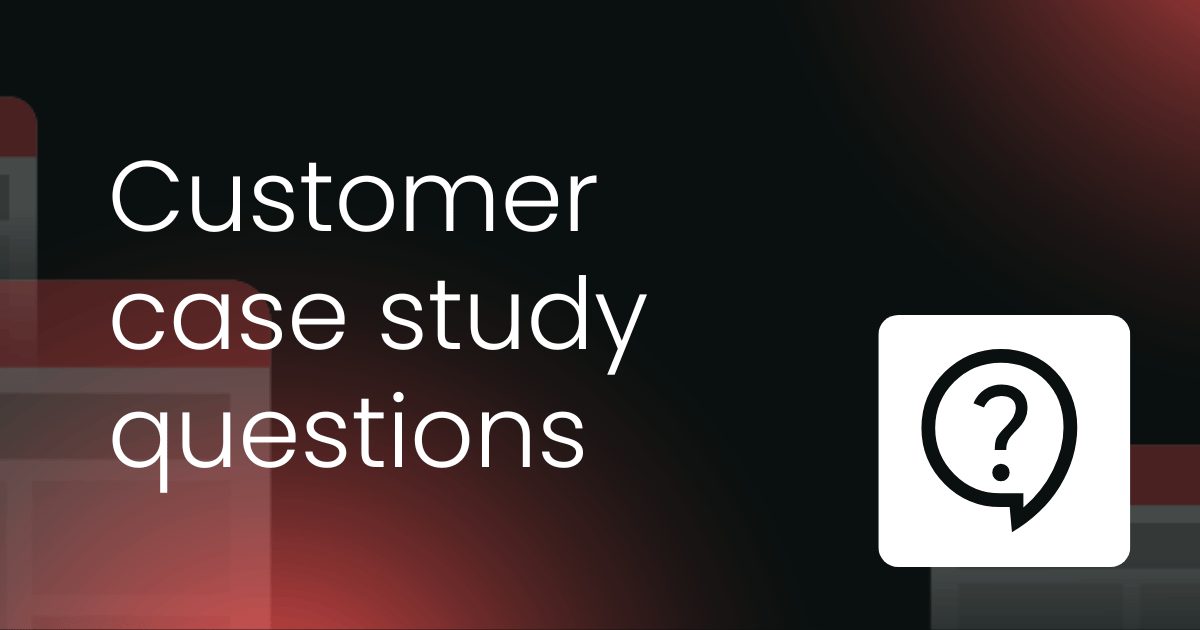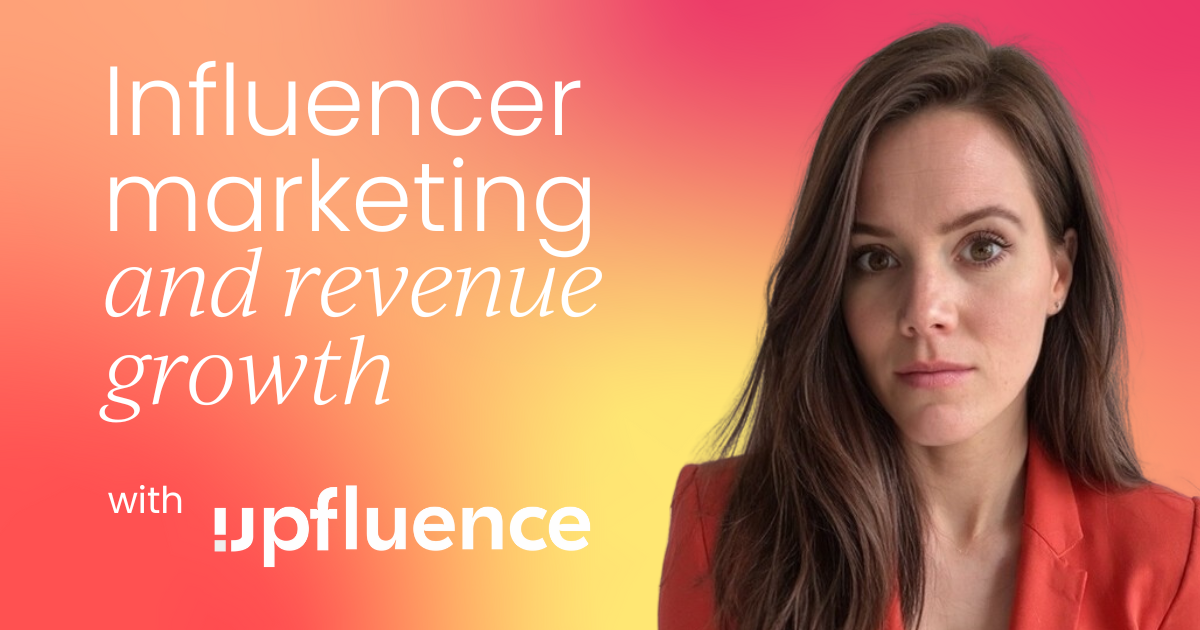Every brand tells a story – whether intentionally or not. The question is: what story are your customers hearing, and how does it shape their perception? If you’re unsure, or if your messaging feels inconsistent across channels, you’re in good company.
Popular marketing wisdom says that people don't buy a product but a story. It makes sense because the companies connecting on a personal level find success, even in crowded spaces. However, it can be hard to know how to take user experiences and turn them into stories that resonate.
Storytelling at scale requires ensuring you distribute your story consistently across touchpoints. The narrative must be consistent while showcasing your company values and mission. Done well, the strategy drives an emotional connection with your audience.
If you’re wondering how to get started, never fear! You’re in the right place. This article reveals how to take customer moments from the real world and turn them into snippets that build your brand. You'll learn to tell a captivating story and blend customer experiences with rich narratives.
Let’s dive in.
Customer experience is your greatest asset
Your customers are already telling stories about your brand – stories that shape how others see you. Tapping into these narratives lets you align your brand voice with the way people actually experience your products and services.
Consider this: Nielsen's latest Trust in Advertising study of consumers in North America and Europe found that 88% of people trust the recommendations of those they know more than any other form of advertising.
We live in a hyperconnected world where personal opinions outweigh a polished sales pitch. When happy customers share their experiences, they provide both insight and emotion – two things that make your brand feel more relatable.
The challenge is moving from a single customer comment to a story that represents your brand. The good news? You can do it by applying the six tactics outlined below. 👇
1. Audit your story touchpoints
Before you can scale your storytelling with customer experiences, you need a clear view of where your brand persona already shows up.
Start by reviewing your website and digital assets. If you have physical locations, take stock of your signage, in-store interactions, and printed materials like flyers or postcards.
These touchpoints all contribute to the story you’re telling:
- Blog content
- Website news page and “about” information
- Customer service scripts
- Social media posts
- Employee onboarding materials
- Email newsletters
- Press packets
Audit every aspect of your work and marketing materials to see where you already consistently use storytelling. Once you have an idea of where you share your tale, you can improve it by weaving in a narrative directly from consumers.
Slack offers a great example. On its demo page, it highlights testimonials from leaders at companies like OpenAI and Spotify. These quotes bring the brand promise to life – showing how Slack fuels collaboration and drives results. Instead of telling people why the platform matters, Slack lets its customers do the talking.
2. Look for new spaces to show who you are
Once you’ve identified where your brand already features customer voices, look for new ways to highlight them with greater consistency. Think creatively about where testimonials can add value.
For instance, research shows that 72% of consumers say package design influences their purchase decision. A simple customer quote on packaging or shipping materials can catch attention at the exact moment someone is deciding whether to buy.
@tovalafood Today’s workout: High Intensity Toddler Training (HITT). Recovery meal provided by Tovala. @joebronston ♬ original sound - Tovala Food
The same idea applies to advertising. Instead of relying only on polished campaigns, let your customers speak for you. Food brand Tovala has done this well by featuring both celebrities and everyday users in its ads. Across each message, the story is consistent: the smart air fryer saves time, makes healthy eating easier, and simplifies mealtime.
3. Create a system to collect stories
Your customers may sing your praises on social media, but if you aren't paying attention, you could miss it. If they set their privacy to friends only, you may also not have access to the details. It's crucial you have a way to gather their stories so you can share and retell them to gain the most impact possible in your marketing efforts:
- Send short surveys after a purchase, asking a single question, such as "Did our product make your life better in some way?"
- Encourage them to use hashtags so you can easily find user-generated content.
- Grab reviews from your Facebook page and use them for snippets in your storytelling efforts.
- Interview repeat customers to create case studies and video stories. Offer them a chance to test new or improved products for honest feedback.
- Run a story contest and reward customers for sharing the best one.
The key to collecting testimonials and stories is to ensure the user is authentic. If you pay people to say your brand is great, it will show. Consumers are discerning, and they can spot a fake.
Beauty brand Glossier’s website is a masterclass in this tactic. Glossier listens carefully to its community, picking up on the things customers are sharing on Instagram and in forums. By reposting those snippets on product pages, the brand amplifies real voices while staying true to its audience.
4. Translate details into stories
Once you’ve gathered the information from your customers, you need to know how to structure it into engaging content that interests your audience. Keep these things in mind:
- Who are you talking to? Who will they relate to out of your customer base?
- What is the problem? What did the customer whose story you're sharing face?
- How did your product solve the pain point?
- What changes happened because the customer used your product?
Neuroscientists say storytelling is powerful because it triggers the trust hormone oxytocin and the feel-good hormone dopamine. So, wherever possible, connect to the emotional impact for your customer.

For example, Airbnb talks about customer transformation. It might share a story about a family reconnecting, a travel writer connecting with the local community, or even people fleeing disaster and rebuilding their lives. They use a clear storyline of who the customer is, what issue they faced, and how Airbnb helped solve their problem.
Similarly, HubSpot is known for using storytelling in its customer success stories. Each one has a narrative arc that introduces the user and their business, explains what challenges they faced, and shows how HubSpot's customer relationship management software solved the problem. The stories are backed by hard facts – like increasing qualified leads by a percentage – and are shared on social media and blog posts, and in other resources like webinars.
5. Make storytelling part of your company culture
Teach all your team members to look for storytelling opportunities. Sales, marketing, customer service, and the cleaning crew should all contribute if they hear of a way the product improved someone's life or situation.
During weekly meetings, encourage employees to share something they learned about the product or how it helped a customer. Allow employees to share their experiences with the product and why they love it.
While a staff post about how great the product is might not carry as much weight with a stranger, each of your workers has family and friends who might be potential customers. Look at your storytelling branding efforts as something that builds and scales as you grow.
Zappos is known for going above and beyond for customers. It weaves the practice of storytelling into its culture, encouraging all employees to share exceptional customer moments in meetings and via internal communications.
6. Use technology to scale your stories
As your customer base grows, keeping up with online comments may feel impossible. Luckily, you can take the stories and data you have, plug them into artificial intelligence (AI), and have it scale to work on multiple platforms.
With AI, you can:
- Send personalized emails that feature relatable customer stories.
- Run retargeting ads showcasing people who solved the same challenge your lead is facing.
- Trigger follow-ups that include authentic testimonials.
It’s important to remember that AI doesn’t replace authentic storytelling – it amplifies it. You still need to craft narratives that resonate, while AI helps you extend their reach without a massive time investment.
Sephora demonstrates this well through its Beauty Insider program, which gathers customer photos and videos. AI then matches that content with shopper profiles – factoring in buying behavior and skin type – so customers see stories that feel directly relevant to them.
Amplify the story your customers are already telling
Unless you’re at a brand-new startup, your brand story is already out there. The power lies in capturing your product's emotional impact and how it transforms lives.
Once you start looking, you’ll see opportunities to add customer input everywhere, from product packaging to social media to testimonial pages. This is what will make your message feel personal and consistent – and set the tone for how customers perceive you.






.png)









 Follow us on LinkedIn
Follow us on LinkedIn





